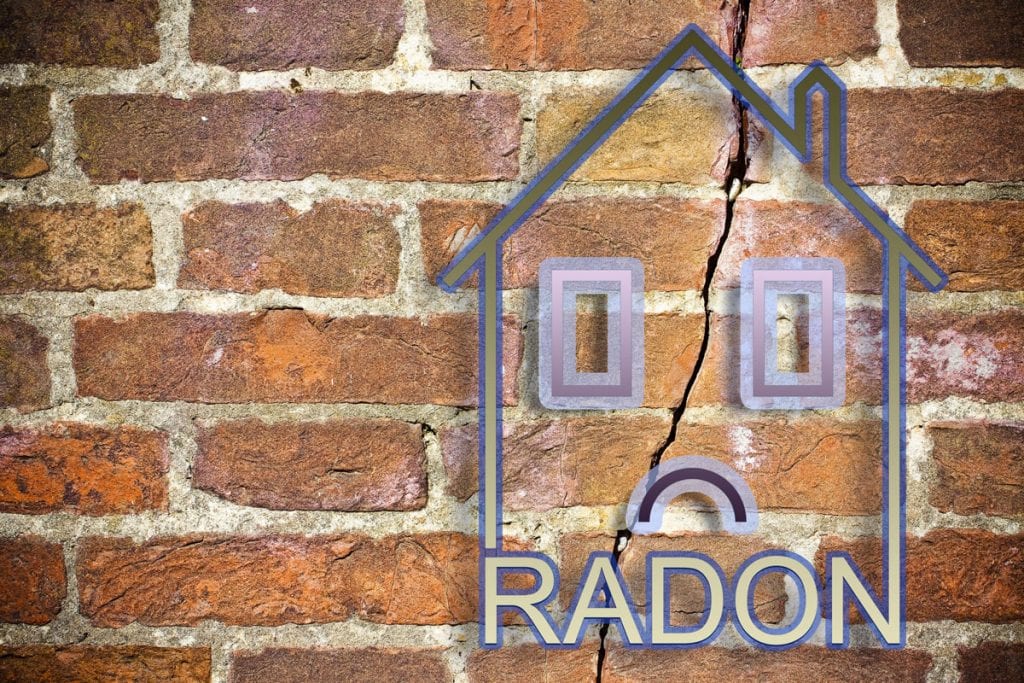Why Test for Radon, Is It Really a Big Risk?

Radon is a frequently misunderstood gas that is also dangerous and can even be fatal if left undetected for long enough. Radon is released from uranium in the ground and should not be taken lightly. Radon is an odorless, colorless gas that can cause cancer through high energy waves and particles that attack the cells in your body. Here are some essential things to know about radon and why you need to be proactive about mitigating this hazardous gas in your home.
When Does Radar Reach Unsafe Levels?
While there’s no hard and fast level between safe and unsafe when it comes to radon, generally the radon in your home has reached a dangerous level if it’s above 4 picocuries per liter of air (pCi/L). It’s difficult to reduce levels below 2 picocuries per liter of air, however, so if you can reduce your levels to 2 pCi/L, you’re in good shape where radar is concerned.
How Often Do I Need to Check for Radon?
If you have your home tested for radon and the levels are at 2 pCi/L or lower, you may only have to check the one time. However, if your foundation has recently experienced any changes or shifting such as through a renovation or earthquake, you may want to test again.
Also, in case you’re trying to sell your house or are preparing to list it for sale, you may want to include a radon inspection in your preparations. A home that has been tested for radon already may save time and money, and may make your house easier to sell.
Do I Need to Have My Home Tested?
The only way to know if you have radon in your home is to have radon testing in Baltimore, MD. Generally speaking, radon is more of a risk in basement spaces. If you live in an apartment or condominium that’s on the third floor or higher, you can be reasonably assured that your radon levels are low.
It’s key to note that radon levels vary widely and are uneven, so even if your next-door neighbor has tested for radon and has low levels, you may have extremely high levels of radon. Ultimately, there’s no way to know that you’re safe unless you have it tested.

How Can I Reduce the Radon in My Home?
You can reduce the level of radon in your home by hiring a qualified and experienced contractor. Radon testing and removal is never something that you should try to do yourself. A company that has been licensed and certified by the National Environmental Health Association is the best to call. You can also reduce a conflict by hiring the same contractor to perform both the testing and the removal.
Let’s Make Your Home Inspection Seamless
Have questions or ready to schedule an inspection? Fill out the form below, and our team will get back to you promptly to assist with your needs.
